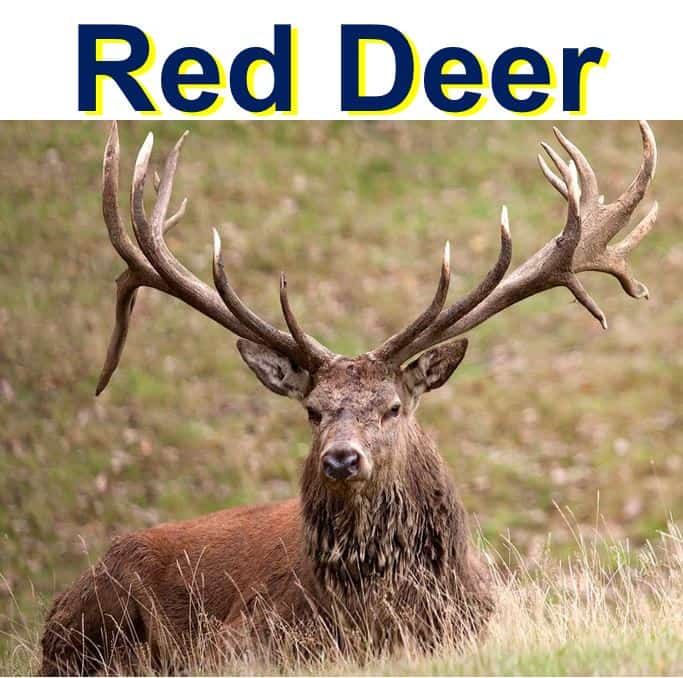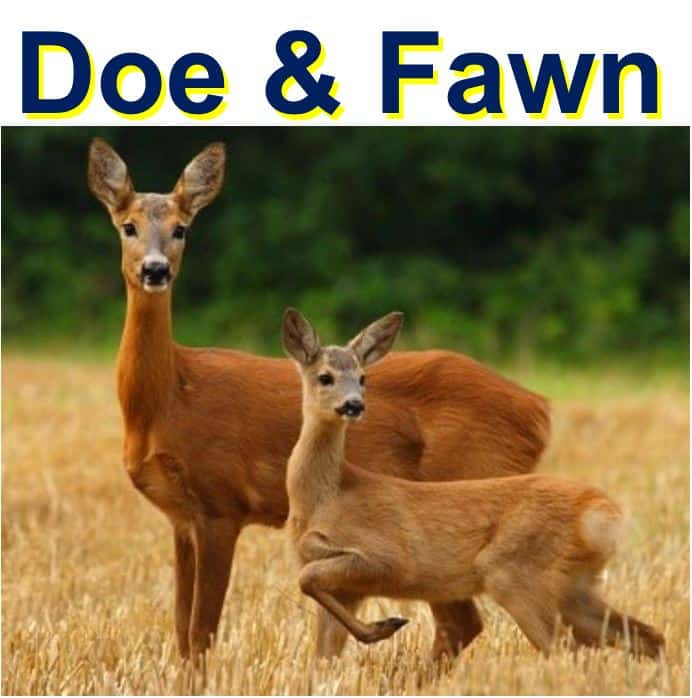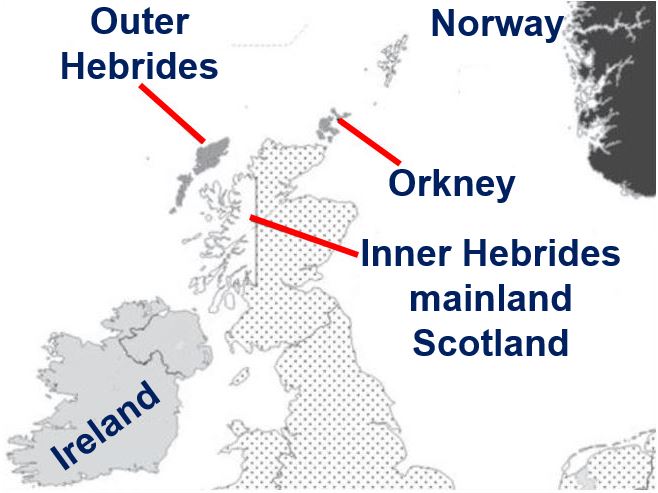Red deer (Cervus elaphus) entered the outer islands of Scotland about 5000 years ago, say researchers from Cardiff University. Most likely, they were brought across the ocean by humans from continental Europe, possibly from as far as central Europe. The red deer of the Outer Hebrides and Orkney did not come from mainland Scotland or Britain.
David W. G. Stanton, Jacqueline A. Mulville, and Michael W. Bruford, all from Cardiff University, wrote about their latest study in the academic journal Proceedings of the Royal Society B (citation below).
Red deer have played a major role in human societies across history, with considerable cultural significance as a source of materials and food.
 The red deer (Cervus elaphus) is the 4th-largest deer species after the moose, elk and sambar deer. It is a ruminant, i.e. it eats its food in two stages. It has an even number of toes on each hoof, like camels, goats and cattle. European red deer have longer tails than their Asian and North American cousins. (Image: northcotswolddmg.co.uk)
The red deer (Cervus elaphus) is the 4th-largest deer species after the moose, elk and sambar deer. It is a ruminant, i.e. it eats its food in two stages. It has an even number of toes on each hoof, like camels, goats and cattle. European red deer have longer tails than their Asian and North American cousins. (Image: northcotswolddmg.co.uk)
Humans responsible for deer movements
This deer-human relationship dates back to the earliest human cultures and continues today. Experts say that humans have been responsible for much of the geographic movement of deer throughout history. However, most of these movements have been poorly described or understood.
Dr. Stanton and colleagues, who studied deer movements, said their findings will help us better understand ancient human-wildlife interactions, and in the case of bringing the animals to islands, inform us about ancient human seafaring practices.
The team used DNA sequences to characterise red deer genetic diversity across the Inner and Outer Hebrides and Orkeny (Scottish islands) and the mainland using ancient deer samples. They tried to infer historical colonization events.
Scottish islands red deer came from afar
Their findings suggest that red deer from the Outer Hebrides and Orkneys most likely did not originate from mainland Scotland, i.e. humans introduced Cervus elaphus from a greater distance.
 The doe in her second autumn can produce one or very rarely two offspring per year. The gestation period is 240 to 262 days, and the fawn weighs about 15 kg (33 lb). After 2 weeks, fawns are able to join the herd and are fully weaned after two months. Fawns are born spotted – they lose their spots by the end of the summer. (Image: desicomments.com)
The doe in her second autumn can produce one or very rarely two offspring per year. The gestation period is 240 to 262 days, and the fawn weighs about 15 kg (33 lb). After 2 weeks, fawns are able to join the herd and are fully weaned after two months. Fawns are born spotted – they lose their spots by the end of the summer. (Image: desicomments.com)
The authors say their results also suggest that red deer did not come to the Scottish islands from Norway or Ireland either. It appears the animals were brought by Neolothic (New Stone Age) people from an unknown source.
After studying modern red deer genes, the scientists found that those in the Outer Hebrides and Orkney were very similar – they had a common ancestry. Close genetic proximity between Ireland and the Inner Hebrides, however, confirms previous studies which suggested that Irish red deer originated from mainland Britain.
During the last Ice Age, red deer, modern Britain’s largest land animals, were banished from most of Western Europe and restricted to southern regions of the Iberian peninsula.
When the ice started to retreat about 10,000 years ago, red deer as well as other animals, including humans, gradually spread northwards. However, it wasn’t until about 5,000 years ago that red deer made it to the outer Scottish isles.
If not from Scotland, Ireland nor Norway, then where?
In an interview with BBC News, Dr. Stanton said:
“We think that the most likely source is from an unsampled population somewhere – we could be looking at somewhere like mainland Europe.”
“There’s not a huge amount known about the seafaring capabilities of humans in northern Europe around that time – we just don’t know. This potentially gives us a bit of a clue as to what they might have been capable of.”
 The red deer came to the Outer Hebrides and Orkney from somewhere in Europe, not on this map. (Image: adapted from rspb.royalsocietypublishing.org)
The red deer came to the Outer Hebrides and Orkney from somewhere in Europe, not on this map. (Image: adapted from rspb.royalsocietypublishing.org)
If modern red deer in the outer Scottish isles came from central Europe, they may have shared the trajectory of the Orkney vole, which 5,100 years ago arrived with Belgian farmers on boats, a 2013 study found.
Professor Jeremy Searle from Cornell University, Ithaca, New York, a member of the team of the 2013 study, described the new work on red deer DNA as ‘absolutely fascinating’, however, he cautioned that the genetic uniqueness of the ancient outer-island deer has several other explanations.
The BBC quoted Prof. Searle as saying:
“One other explanation – which they do actually mention in the paper – is that there was an initial colonisation of the British Isles by the red deer, and then that initial genetic type later got replaced by another genetic type.”
“So what you’re seeing around the periphery is kind of the relic of that initial colonisation, while the bulk of Britain is represented by the second population.”
Prof. Searle and team have found evidence of this type of 2-phase colonisation in several species in Britain.
At the end of the article on this latest study, the authors wrote:
“Red deer are no longer present on the Northern Isles (Orkney and Shetlands), but this study shows that ancient populations of Western and Northern Isles deer may have been closely related in the past.”
“This suggests that if reintroductions of deer onto the Northern Isles became a possibility, the Outer Hebrides would be a strong candidate for the source population.”
Citation: “Colonization of the Scottish islands via long-distance Neolithic transport of red deer (Cervus elaphus),” David W. G. Stanton, Jacqueline A. Mulville & Michael W. Bruford. Proceeding of the Royal Society B (Biological Sciences). 6 April 2016.DOI: 10.1098/rspb.2016.0095.
Video – Red Deer Rut: Mating Season
